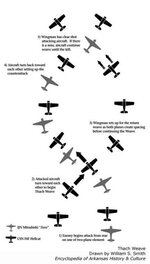MiTasol
Captain
By Pacific standards the distance from Henderson field to where they shot Yamamoto down and back is quite short, about half the distance the Rabaul A6Ms flew to attack Henderson field.
By European standards this was a long flight.
By European standards this was a long flight.

 +
+  =
= 

